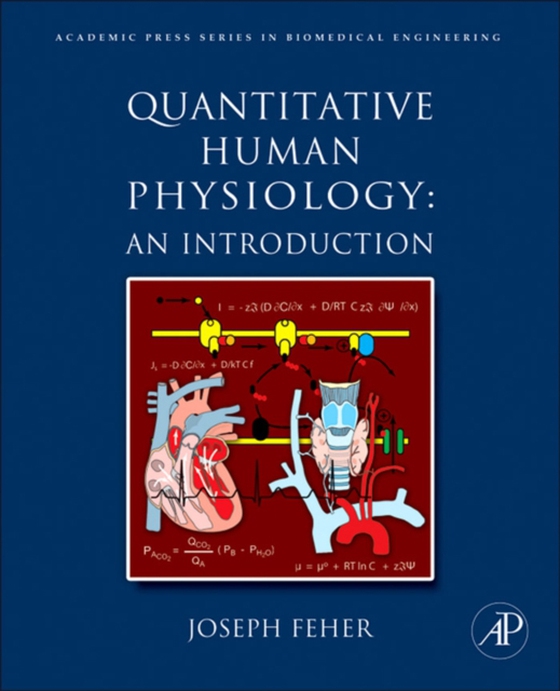
Quantitative Human Physiology e-bog
25,00 DKK
(inkl. moms 31,25 DKK)
Quantitative Human Physiology: An Introduction presents a course in quantitative physiology developed for undergraduate students of Biomedical Engineering at Virginia Commonwealth University. The text covers all the elements of physiology in nine units: (1) physical and chemical foundations; (2) cell physiology; (3) excitable tissue physiology; (4) neurophysiology; (5) cardiovascular physiology...
E-bog
25,00 DKK
Forlag
Academic Press
Udgivet
7 februar 2012
Længde
960 sider
Genrer
Physiology
Sprog
English
Format
epub
Beskyttelse
LCP
ISBN
9780123821645
Quantitative Human Physiology: An Introduction presents a course in quantitative physiology developed for undergraduate students of Biomedical Engineering at Virginia Commonwealth University. The text covers all the elements of physiology in nine units: (1) physical and chemical foundations; (2) cell physiology; (3) excitable tissue physiology; (4) neurophysiology; (5) cardiovascular physiology; (6) respiratory physiology; (7) renal physiology; (8) gastrointestinal physiology; and (9) endocrinology. The text makes extensive use of mathematics at the level of calculus and elementary differential equations. Examples and problem sets are provided to facilitate quantitative and analytic understanding, while the clinical applications scattered throughout the text illustrate the rationale behind the topics discussed. This text is written for students with no knowledge of physiology but with a solid background in calculus with elementary differential equations. The text is also useful for instructors with less time; each chapter is intended to be a single lecture and can be read in a single sitting. A quantitative approach that includes physical and chemical principles An integrated approach from first principles, integrating anatomy, molecular biology, biochemistry and physiology. Illustration program reinforces the integrated nature of physiological systems Pedagogically rich, including chapter objectives, chapter summaries, large number of illustrations, and short chapters suitable for single lectures Clinical applications relevant to the biomedical engineering student (TENS, cochlear implants, blood substitutes, etc.) Problem sets provide opportunity for practice and assessment throughout the course.
 Dansk
Dansk

